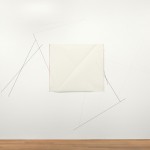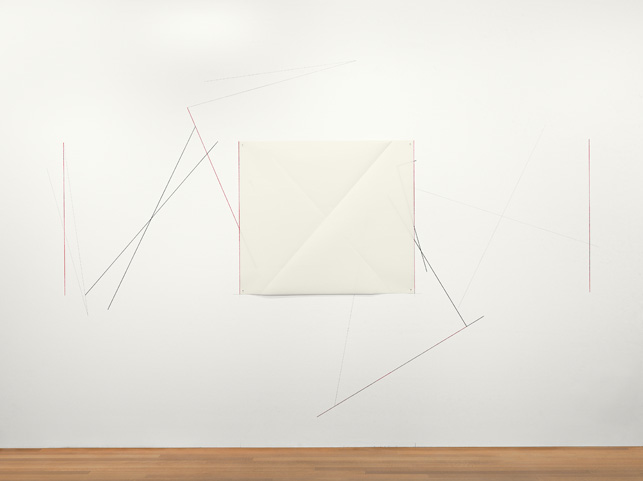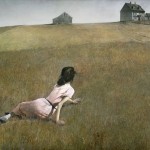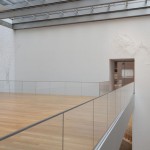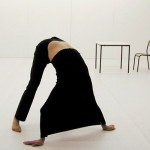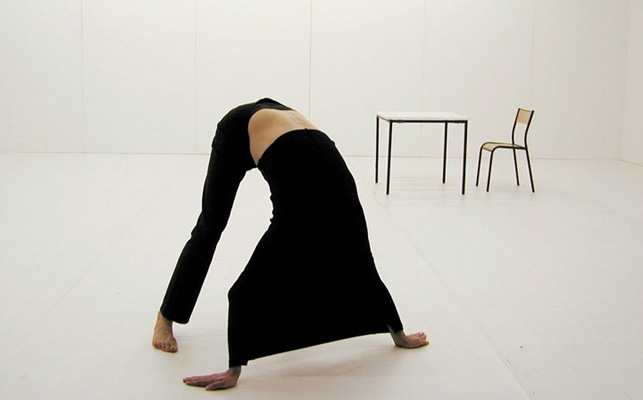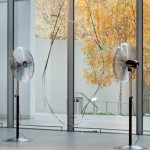
Max Ernst (French, born Germany. 1891–1976). Adam and Eve Expelled from the Garden of Eden. 1946–47. Gouache on cardstock, 1/2″ x 1 3/8″ (1.4 x 3.6 cm). The Museum of Modern Art, New York. Gift of Pierre Matisse in memory of Patricia Kane Matisse. © 2014 Artists Rights Society (ARS), New York/ADAGP, Paris
One of the great privileges of being a curator at MoMA is firsthand access to the works that make up our outstanding collection. Yet, even in the case of the Drawings collection, with its share of easily handled, two-dimensional works, this access often begins with an exploration of our digital database. The basic information on a work—artist, title, date, etc.—is readily available here, and makes it an invaluable resource for early research on any project.



